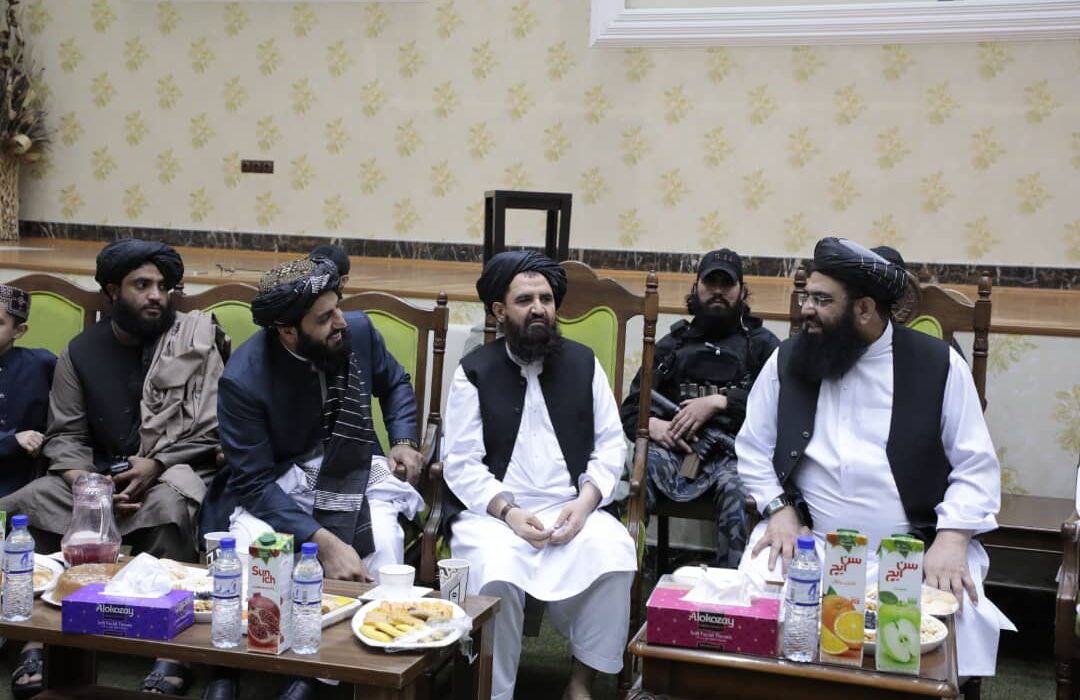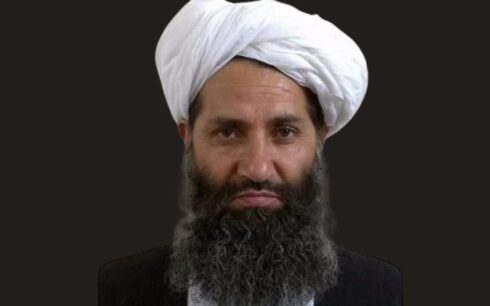Data collected by Amu reveals that Abdul Kabir, the Taliban’s acting minister for refugees and repatriation, has held 32 official meetings at Kabul’s Sapidar Palace over the past four months — many of which had little or no connection to his current ministerial role.
Kabir has not left Sapidar Palace since his appointment and continues to manage the ministry from the compound, despite being removed in January from his previous role as the Taliban’s deputy prime minister for political affairs — a position that remains vacant.
According to Amu’s findings, the majority of his meetings have been with military commanders, provincial governors, district officials and police chiefs — contacts that typically fall outside the purview of the Ministry of Refugees.
The report cites eight meetings with foreign diplomats, including representatives of the United Nations and the European Union; 14 with tribal elders, clerics and business leaders; and 10 with regional security and administrative officials.
Photographs released by the ministry show Kabir hosting Eid prayers at Sepidar Palace, attended by foreign diplomats, including Iran’s chargé d’affaires and Turkey’s ambassador. Amir Khan Muttaqi, the Taliban’s foreign minister, was the only senior Taliban official present.
Meanwhile, Eid prayers were also held at the presidential palace — just steps away from Sepidar — under Taliban administration, but without the presence of any foreign representatives.
Kabir was reassigned as acting minister for refugees on January 10, after being removed from his political deputy role by Taliban leader Haibatullah Akhundzada. Since then, he has not visited the Ministry of Refugees headquarters.
Observers say the delay in appointing a new political deputy stems from internal divisions within the Taliban leadership, further complicating the Taliban’s decision-making structure.





